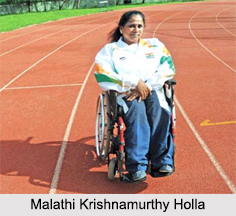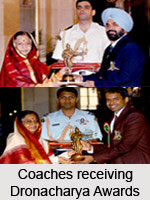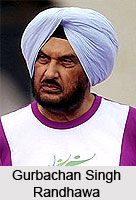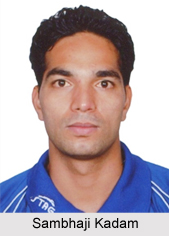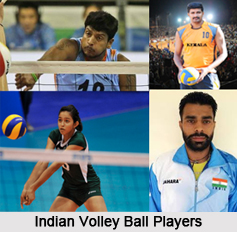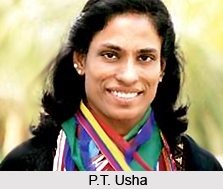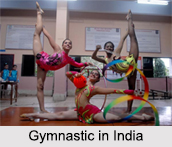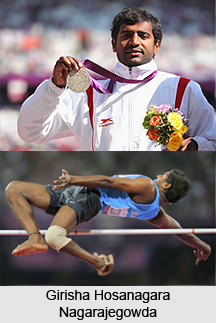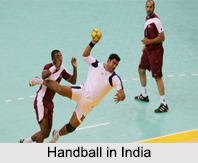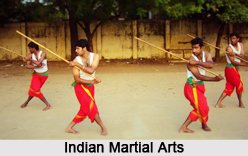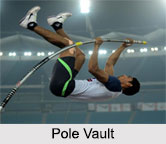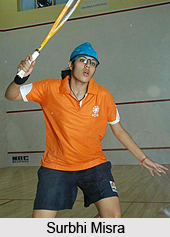 History of Squash can be traced back to a public school in England, Harrow. Squash is a close relative of tennis, and essentially shares its origin with the games played using implements devised in 16th century France, that resembled racquets, balls, gloves and nets. It is growing in popularity, although it is yet to attain Olympic status.
History of Squash can be traced back to a public school in England, Harrow. Squash is a close relative of tennis, and essentially shares its origin with the games played using implements devised in 16th century France, that resembled racquets, balls, gloves and nets. It is growing in popularity, although it is yet to attain Olympic status.
A squash court is a playing area covered by four wall surfaces. The court has a line across it splitting up the front and back of the court as well as a half court line isolating the left and right hand partitions of the rear court. This segregates the playing surface area into three boxes. The walls of the squash court have techniques and also it has definitions. The front wall has three parallel stripes marked and is the leading playing floor. The out line carries on along the top of the front wall and descends the side walls. There are no further marks on the side or back wall.
Early History of Squash
Games like tennis were fairly common in French monasteries even in the medieval period. Objects resembling racquets have been found in connexion to such settings. Squash presumably evolved alongside these games, and was perhaps first played by children in back alleys slapping balls back and forth against walls.
The game was developed first in Harrow School, England, in the 1830s, though it was called Racquets then and was played with a non-squeezable ball. The students of the school found that if a punctured racket"s ball is `squashed` with the ball; it produces another game that has a greater variety of shots and also requires much more fitness and effort.
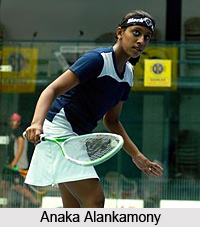 This sudden invention of the students became quite popular within a very short span of time and encouraged the school management to construct the first four Squash courts in the school ground at 1864. The year 1864 is officially considered to be the founding year for Squash as a sport.
This sudden invention of the students became quite popular within a very short span of time and encouraged the school management to construct the first four Squash courts in the school ground at 1864. The year 1864 is officially considered to be the founding year for Squash as a sport.
There was no international standardisation of rules and regulations for playing Squash in the initial period in the history of Squash. The people around the world used to play the game with slight variations in the rules and the equipments were also different in various parts of the world. The Squash Championships were first played in 1922, following several standardisation initiatives by the Tennis and Racquets Association of England.
The Squash Associations
The initial days in the history of Squash saw the existence of only two associations namely the Squash Rackets Association of England and the United States Squash Rackets Association. These two associations were used to control the modern international Squash at that time. The first ever dedicated association to codify the game of Squash was formed in America in the year 1907. After that, the representatives of the sport from the countries like India, Australia, Great Britain, New Zealand, Pakistan, South Africa, USA, Canada and the United Arab Republic met in a world conference in London in 1966. All of them agreed that there is a need of founding an International body that would govern the game. According to the decision of the meeting, the International Squash Rackets Association (ISRF) was formed in 1966.
International Squash Rackets Federation
The first meeting of the International Squash Rackets Association (ISRF) as held on 5th January 1967, and in the meeting, the Federation decided that the game would be universally recognised simply as `Squash`, rather than `Squash Rackets`. The ISRF undertook several initiatives to spread the game all over the world and soon it was connected with the Women"s International Squash Federation (WISF) in 1985. The members of the Federation unanimously decided to change its name to the World Squash Federation (WSF), in the year of 1992. At present, the WSF is the only International Federation for the sport and it bears responsibilities for the rules of the Game, Court and Equipment Specifications, Refereeing and Coaching. The WSF regularly maintains a World Calendar of Events. It also organises and promotes World Championships for Men, Women, Junior Men, Junior women and Master at different age groups in both singles and doubles Squash.
Apart from promoting the game and organising different international tournaments, the World Squash Federation (WSF) has also standardised the size of the Squash court. The rules of WSF state about various kinds of court dimensions for different circumstances like `singles` or `doubles` games, and also in different regions of the world. The official court size for Squash singles matches is 9.75m (32 feet) in length, 6.4m (21 feet) in width and 4.57m (15 feet) in height at the front wall. The tin of the courts is required to be located at the base of the front wall and should reach 48cm (19 inches) in height.
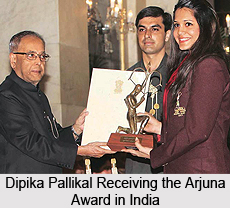 Growing Popularity of Squash
Growing Popularity of Squash
Though a fairly young sport; Squash is currently played in 130 countries in the world and about 116 national associations have already become members of the World Squash Federation, although it is yet to become an Olympic sport. Despite its growing popularity, Squash has repeatedly been denied Olympic status, although it was nominated for both the 2008 and 2012 Olympics.
The Member Nations of the Federation take several initiatives for the development of the sport and the Federation is also assists in many ways. India"s neighbouring country, Pakistan is considered to be the greatest squash playing nation in the history of Squash so far. Pakistan has also produced the highest number of World Champions in Squash, till now.
In India also Squash become popular sport. Some of the prominent Indian Squash players are Saurav Ghosal, Siddharth Suchde, Harinder Pal Sandhu, Mahesh Mangaonkar ,Ravi Dixit , Ramit Tandon, Kush Kumar, Sandeep Jangra, Dipika Pallikal, Joshana Chinappa, Anaka Alankamony, Aparajitha Balamurukan, Harshit Kaur Jawanda, Surbhi Misra. On September 4, 2012, Dipika Pallikal won the Arjuna Award in India for playing Squash. To foster Squash the Squash Racket Federation of India is playing a major role in India.





